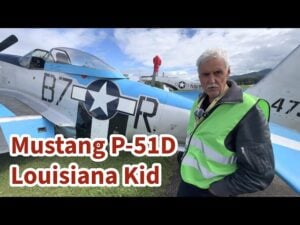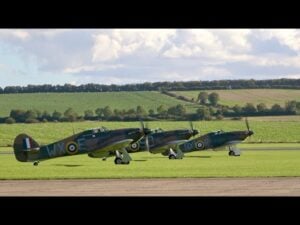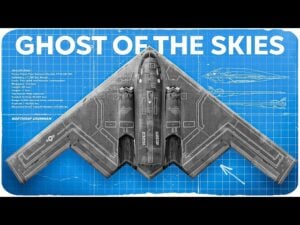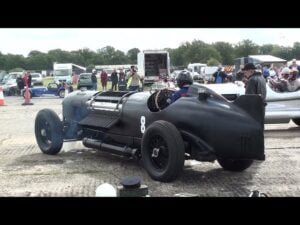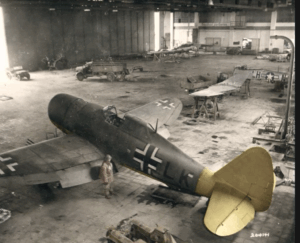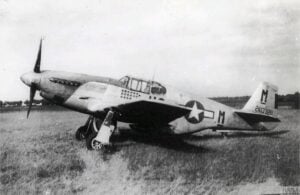How the A-20 Havoc Proved Its Worth in the Pacific Theater
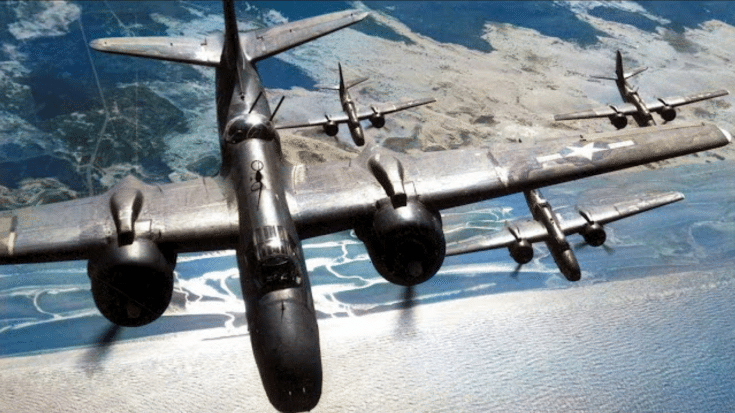
Dark Skies / YouTube
During World War II, the Douglas A-20 Havoc emerged as one of the most reliable and versatile light bombers used by the Allied forces. Known for its adaptability in various combat roles, the A-20 played a key part in both European and Pacific theaters. In the Pacific, however, the aircraft became a true asset, proving its capabilities in the challenging environment of island warfare. This article will explore how the A-20 Havoc earned its place as a valuable tool in the Pacific theater of World War II.
1. Versatile Combat Roles
The A-20 Havoc was known for its versatility in fulfilling multiple combat roles, which made it particularly valuable in the Pacific. The aircraft could perform bombing, ground attack, and reconnaissance missions with ease. Equipped with a range of weapons, including bombs, machine guns, and sometimes even torpedoes, the A-20 was able to attack both ground and sea targets. Its flexibility allowed it to adapt to different mission types, something that was vital in the shifting and unpredictable battles of the Pacific.
In addition to its bombing duties, the Havoc was often used for strafing runs against Japanese positions. Its speed and maneuverability made it an effective platform for low-level attacks. Pilots flying the A-20 found that it could withstand heavy anti-aircraft fire, making it a tough and reliable aircraft for dangerous missions. In the Pacific, where combat conditions were difficult and often involved close-range engagements, this adaptability made the Havoc an essential aircraft.
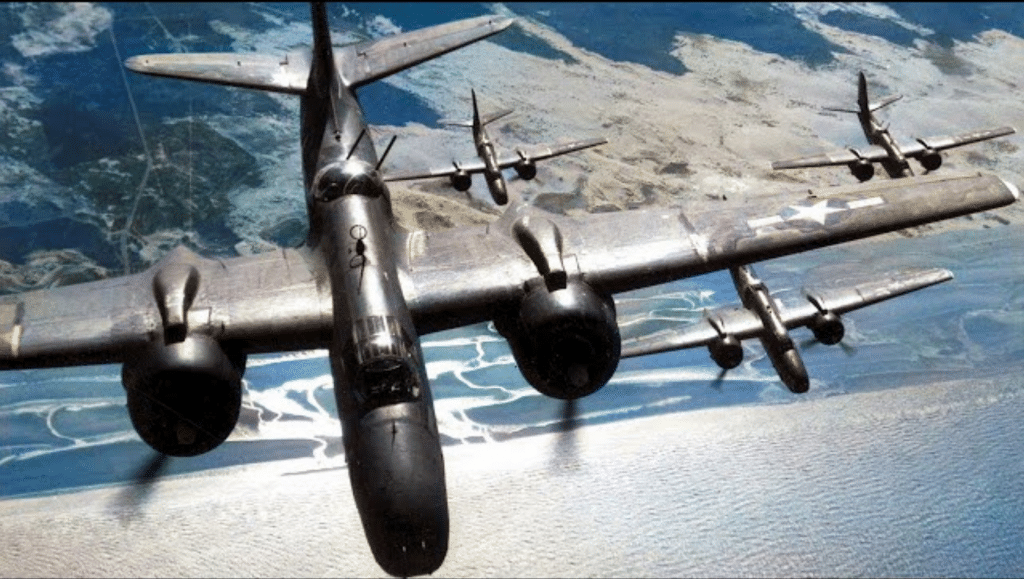
2. Success in Low-Altitude Bombing
One of the A-20’s standout features in the Pacific was its effectiveness in low-altitude bombing. Many of the islands in the Pacific were heavily fortified by the Japanese, requiring precision attacks to destroy defensive positions. The A-20’s ability to fly low to the ground and deliver accurate bombing runs made it a perfect fit for these kinds of missions. Its bombing accuracy was critical in softening up enemy defenses before larger assaults.
In operations such as those in New Guinea and the Solomon Islands, the A-20s flew low over enemy positions, dropping bombs on supply depots, airfields, and defensive bunkers. The success of these low-level attacks helped pave the way for infantry and larger airstrikes, weakening the Japanese defenses before full-scale invasions took place. The A-20’s ability to strike hard and fast at low altitudes made it a valuable part of the Allied strategy in these critical battles.
3. Durability in Harsh Conditions
The Pacific theater presented unique challenges to both pilots and aircraft due to the tropical climate and rough terrain. The A-20 Havoc proved to be remarkably durable in these tough conditions. It was able to operate effectively from remote airstrips, many of which were hastily constructed in jungles or on beaches. Despite the wear and tear caused by the humid climate and the frequent need to operate from rough fields, the Havoc maintained a reputation for reliability.
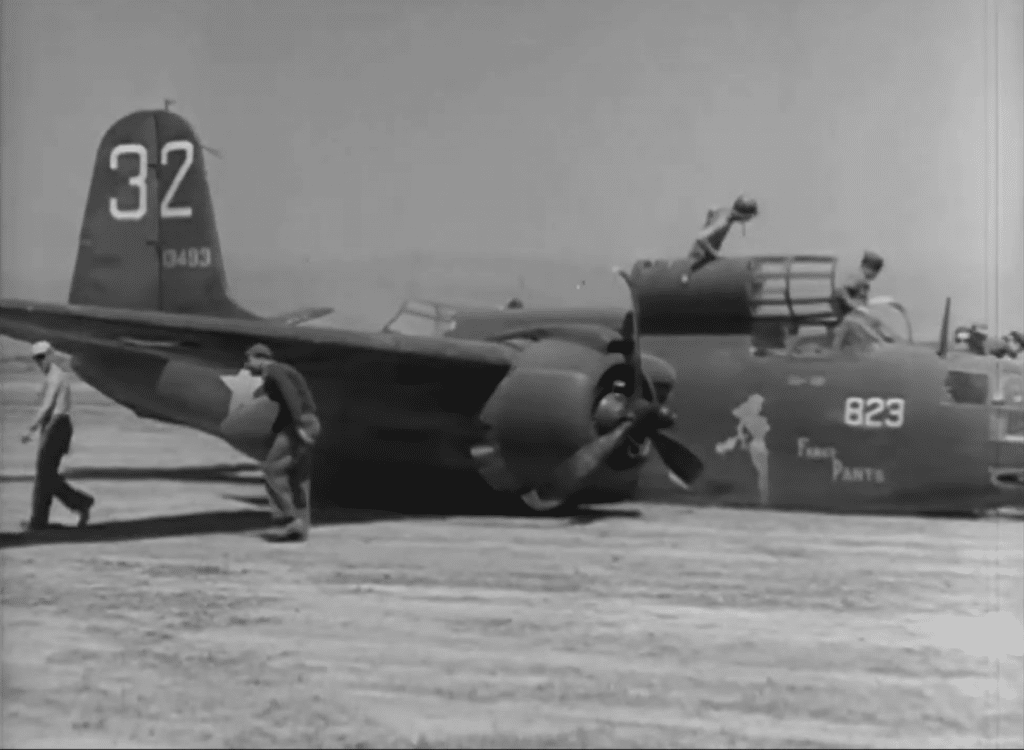
The aircraft’s rugged construction allowed it to survive heavy combat damage and still return to base. Its twin-engine design provided an added layer of safety, as it could continue flying even if one engine was damaged. This durability made it particularly suited for the demanding conditions of the Pacific, where maintenance crews sometimes had limited resources. The A-20’s ability to withstand the elements and keep flying was a major factor in its success.
4. Contributions to Night Raids
While the A-20 Havoc was primarily known for its daylight missions, it also played a significant role in nighttime raids in the Pacific. As the war progressed, the Allies began using the Havoc in night operations to disrupt Japanese supply lines and prevent reinforcements from reaching the front lines. These nighttime bombing raids were crucial for weakening Japanese forces, especially on remote islands where supply chains were already stretched thin.
The Havoc’s speed and maneuverability made it effective in nighttime operations, where precision was essential. Pilots used radar and other navigation tools to locate enemy positions in the dark, and the A-20’s payload was sufficient to deliver substantial damage to supply depots and ships. These night raids added another layer to the Havoc’s versatility, showcasing its ability to perform well in both daylight and darkness.
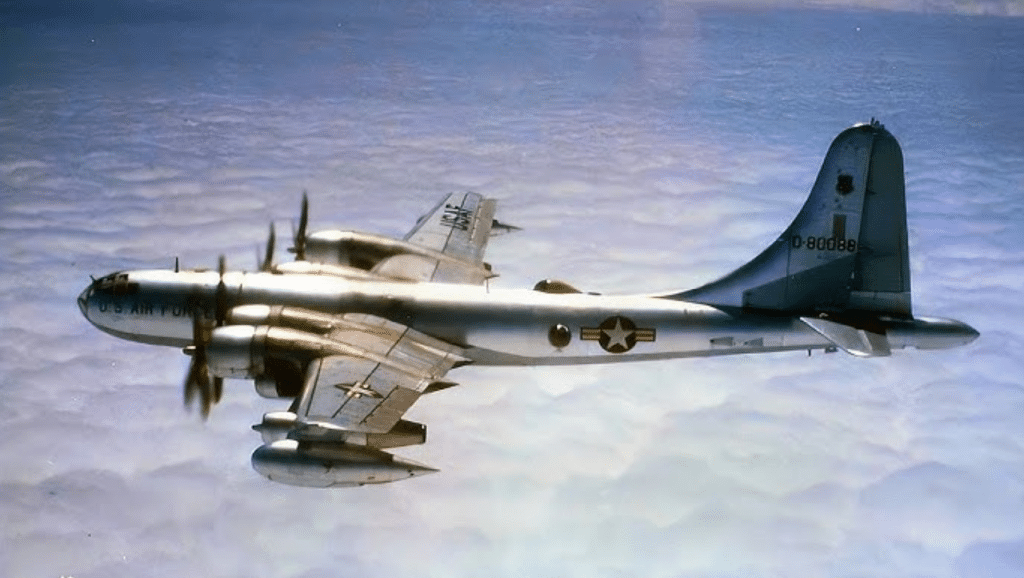
5. Support for Ground Forces
In addition to its offensive missions, the A-20 Havoc played a key role in providing close air support to ground forces. As Allied troops advanced across the Pacific, they often encountered heavily defended positions that required air support to overcome. The Havoc, with its combination of bombs and machine guns, was able to provide the necessary firepower to support infantry on the ground.
During the fighting in places like Guadalcanal and the Philippines, the A-20s helped clear the way for ground assaults by attacking Japanese fortifications, tanks, and artillery positions. Its ability to deliver precision strikes at low altitude meant that it could strike targets in close proximity to friendly forces without causing harm to Allied troops. This close air support was critical to the success of many Pacific campaigns, where the terrain and enemy defenses made it difficult for ground forces to advance without aerial assistance.














